Grandinote Shinai Class-A integrated amplifier
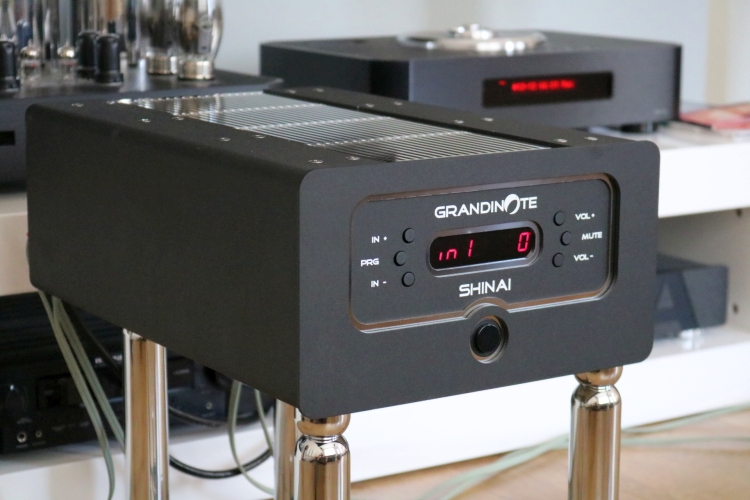
The Combo Stand’s Attribution to the sound
So far, I’ve listened to the Shinai mounted on its Combo stand. But even before placing the amp on the stand, I noticed that it’s not exactly very rigid. There’s a large amount of flexibility that is caused by the rather small pieces of metal that connect the four legs. No doubt, the design looks really nice but with the amp placed on top it has a rather large amount of play and you can easily rock it side to side or front to back, or in any direction, really. Would that be by design?
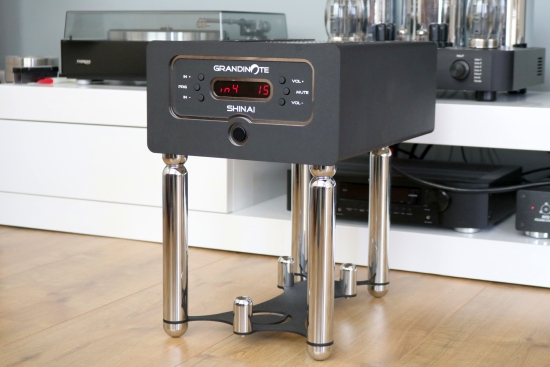
The thing is, as I have described above, the amp sounds absolutely great on the stand. But still, I needed to know what would happen when the amp was placed on a very solid foundation. Thus, I moved the Artesania Modular Platform to the secondary room and got some help to place the amp on it without switching it off. Muscle-man Francois (Jeromeke) of BelHIFI is happy to move around this amp’s 40kg’s all by himself. With two persons, it’s so easy that you may feel ashamed and wonder if the second person was even needed but if you have a bad back or are of a certain age, I really recommend remaining on the cautious side. I’ve had a hernia and that’s no fun.
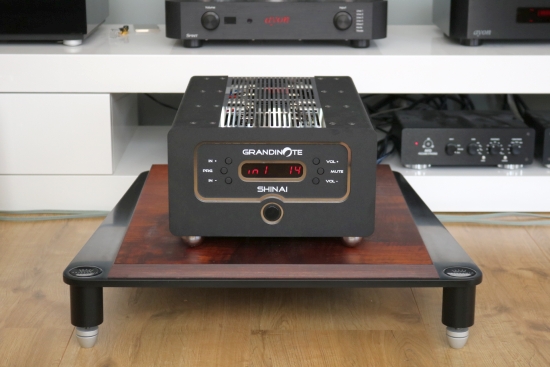
As suspected, the amp’s sound is indeed affected considerably by the move from its floaty stand to the very sturdy floor platform. To my surprise, however, it wasn’t all good. The bass sure benefitted a great deal as it became tighter, more incisive, and more grounded to the point that the amp sounded more like a multi-transistor powerhouse than a minimalistic 37-Watt amplifier. This in itself is generally a good thing and I certainly enjoyed it. But the entire presentation now became more stilted, as if the amp suddenly shedded any transformer-related signature and threw out all of its tube-ness. Put differently, it made me think of the difference between an amp with low feedback versus one with a lot of feedback.
The tonality really did not change very much at all and the soundstage was still filling the room. The rhythm was still bouncy, and even though the bass was now more neutral and accurate, and indeed similar to the Ayon, somehow, the Shinai was technically more impressive but now moved me less. Of course, this impression was relative and with prolonged listening on the Artesania platform, my internal compass leveled again and I could totally get into the sound again.
This substantiated my feeling that the amplifier could indeed be designed with the Combo Stand in mind. Pierre Costers added the following:
“In my knowledge, the vertical stability is more important than the horizontal one, look at Grand Prix Audio racks, very expensive, and some turntable manufacturers (who all have incorporated this element in their design), and also the ground onto which the rack is placed.”
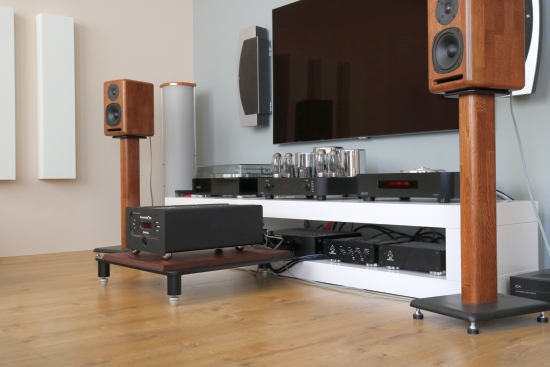
Power, Watts, and Speakers
To further complete my impressions of the Shinai, I moved it to the main listening room where it was again placed on the Artesania platform with the help of my friendly neighbor Bart, so as to compare two similar situations. In the main room, I use the Magico S1 MkII speakers. Even though these are the brand’s smallest current speakers, the S1’s form a relatively difficult impedance for many amplifiers, especially tube amplifiers. Of course, although the Shinai amp is advertised as incorporating certain aspects of tube amplification, there are most definitely no tubes on board.
The Shinai may have only two transistors per channel (4 in total), delivering a relatively measly 37 Watts, but from experience, I know that Class-A amplifiers tend to be highly capable in terms of supplying current, even into difficult loads. What this means is that the limitation in terms of Watts becomes really only a limitation in terms of maximum output. In other words, the amp will theoretically reach its limit sooner when playing very loudly than with an amplifier that supplies more Watts. It should be noted, however, that the Decibel to Watts ratio is not linear. Our hearing is made to perceive very soft sounds as well as very loud sounds and in order to achieve this, it applies what I guess you could call some form of compression. As it follows, double the power (+3dB) gives around 25% increase in perceived volume, four times the power (+6dB) gives around 50% increase in perceived volume, and it takes a staggering 10 times the power (+10dB) to achieve 100% increase in perceived volume.
At 70 Watts (in Pentode mode), the Ayon offers double the amount of power of the Shinai, but the Shinai played easily as loudly while never showing any signs of compression and always giving me the feeling that it could go much further. So, you see, Watts figures are relative and they can be gravely misleading. You can even have an amplifier with a rating of hundreds of Watts, only to discover that it has a relatively poor current capability due to a high output impedance as a result of an inadequate power supply, meaning that it will struggle with difficult loads, in spite of its seemingly high power.
With the 8-ohm Xavians that are only moderately efficient at 88dB, in any event, the Shinai’s 37 Watts proved to be more than plenty, as the amp simply player louder and louder in my tests without ever showing any signs of being anywhere near the end of its rope. Even when I play much more loudly than I like, and possibly near the Xavians’ limits, the amp sounds as confident as it does when playing at a moderate level.
So, long story short, given the total absence of any constraints in terms of power when using the Xavians, I’m confident that the Shinai amp will have more than ample reserves for most regular speakers. What I am hoping to find next, is that the Shinai will also drive the more complex Magicos with gusto. so, let’s see, shall we?
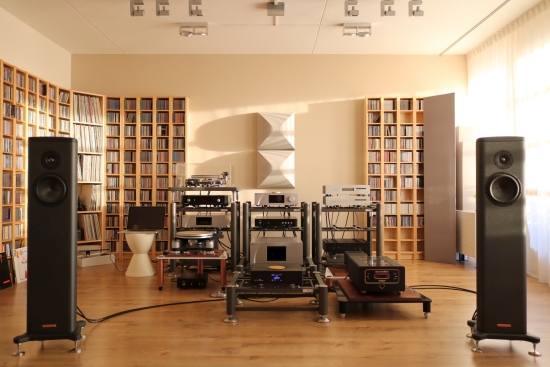
Magico System
In the main system, I’m starting with the Shinai on the Artesania Modular Floor Platform, connected with the AudioQuest Fire RCA interlink, the Jorma Trinity speaker cables, and two Belden 19364 power cables with Bals schukos and Oyaide C-004 IEC connectors, driving the Magico S1 MkII speakers.
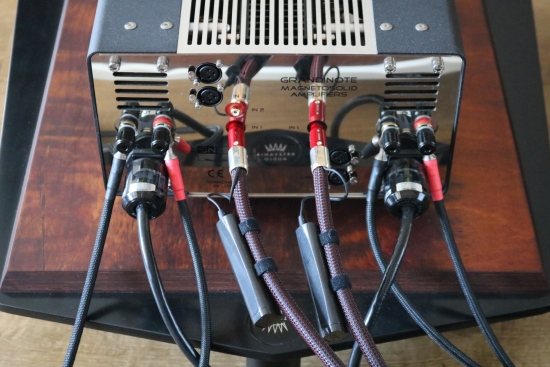
Even though I am quite spoiled with my main system, it remains a pleasure to listen with the secondary system. In spite of consisting of relatively affordable components, it always seems to make the best of any situation without sounding overly colored and seemingly without obscuring any details. Of course, when switching to the main system, it’s immediately clear that the sound can indeed be improved in multiple aspects, most notably in terms of precision, linearity, and transparency and these are things that please my mind. The funny (or perhaps not so funny) thing is that the level of enjoyment or emotional involvement is not necessarily any higher when moving from the secondary system to the main system. Fortunately for me, the emotional aspect is also not lower – phew! In any event, it’s just easier with the big boy’s system to hear what goes well or not so well in the recordings and the signal chain. If there’s something wrong, you’ll be confronted with it, but if you get everything right, the sound is magnificent.
Well, as it turns out, my Krell association was not entirely off! Not only does the Shinai drive the Magicos with two fingers up its nose, but it also does this while exercising the kind of solidity and iron grip over the woofers that I am used to from, indeed, Krells, and more recently, the Anthem STR and Classe Delta amplifiers.
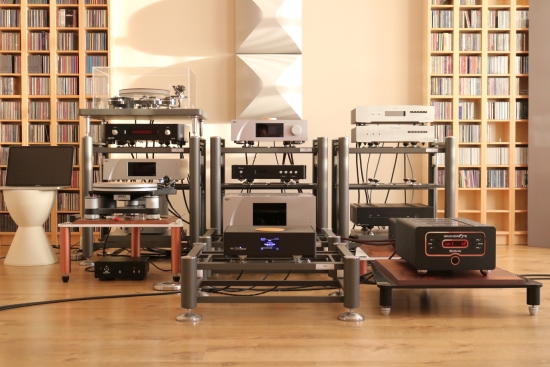
There’s never any doubt that the amp is in complete control over the woofers and that makes for an incredibly punchy, lively, and dynamic delivery. However, as in the Xavian system, this iron-fisted behavior also finds its way into the midrange and treble which in this system now appear almost a little blunt. Very expressive for sure, but not as refined as I heard it in the secondary setup, certainly not when used with the Combo Stand where the components had a rare synergy that resulted in a seductive mix of liquidity and control in equal measure.
But even though it’s not exactly lush or “golden”, the sound in the main system also has a remarkable effortlessness and the uncanny ability to grab hold of one’s attention. Its presentation is not super-precise in terms of imaging or focus but big and room-filling and simultaneously coherent and of a whole. And in this respect, it’s still as if I am hearing the best of solid-state (bass control), combined with some of the aspects that tubes do best (spaciousness and emotional involvement). But in the context of this system, I wouldn’t call it the best of both worlds because I am also clearly hearing the Shinai’s transistor roots. Of course, it is pretty darn near impossible for any transistor amp to not sound like a transistor amp. In my book, the CH Precision A1.5 with its retina-like resolution comes closest by sounding neither like tubes nor like transistors. And, alas, this comes at an eye-watering price tag. More often than not, those amplifiers that are said to mimic tube sound really only mimick the negative aspects of tube amplifiers, being roundness and excess warmth. The Shinai amplifier does not fall in that trap. Although the amp had a different perspective in this setup, I also heard yet again how well-balanced it is. It’s neither warm nor cold but actually beautifully linear, highly dynamic, and incredibly rhythmic. A few tracks in, I noticed how my foot had continuously been tapping while I was humming along. Clearly, the amp is making music in an engaging manner.
At about the 30-minute mark, the treble edge had again mostly subsided, but overall, the sound remained a little rough and matter-of-fact. If I had to reach a conclusion at this point, the amp would get top marks for being so blissfully energetic, free from smear, and highly involving, oh, and super solid, too! The Shinai is not as highly resolving and as refined as the A1,5 or some other more affordable amplifiers that major in these aspects, but I kid you not, it is actually more dynamic, impactful, and robust than the 33K Swiss amp. Quite surprising. But still, I wasn’t hearing the organic quality and the magical liquidity that was so abundantly present in the other setup. Then it hit me… that was with the Combo Stand!
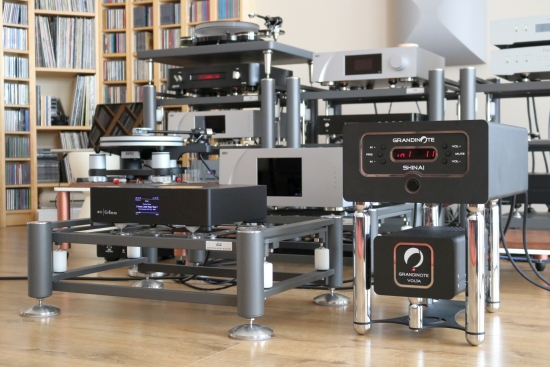
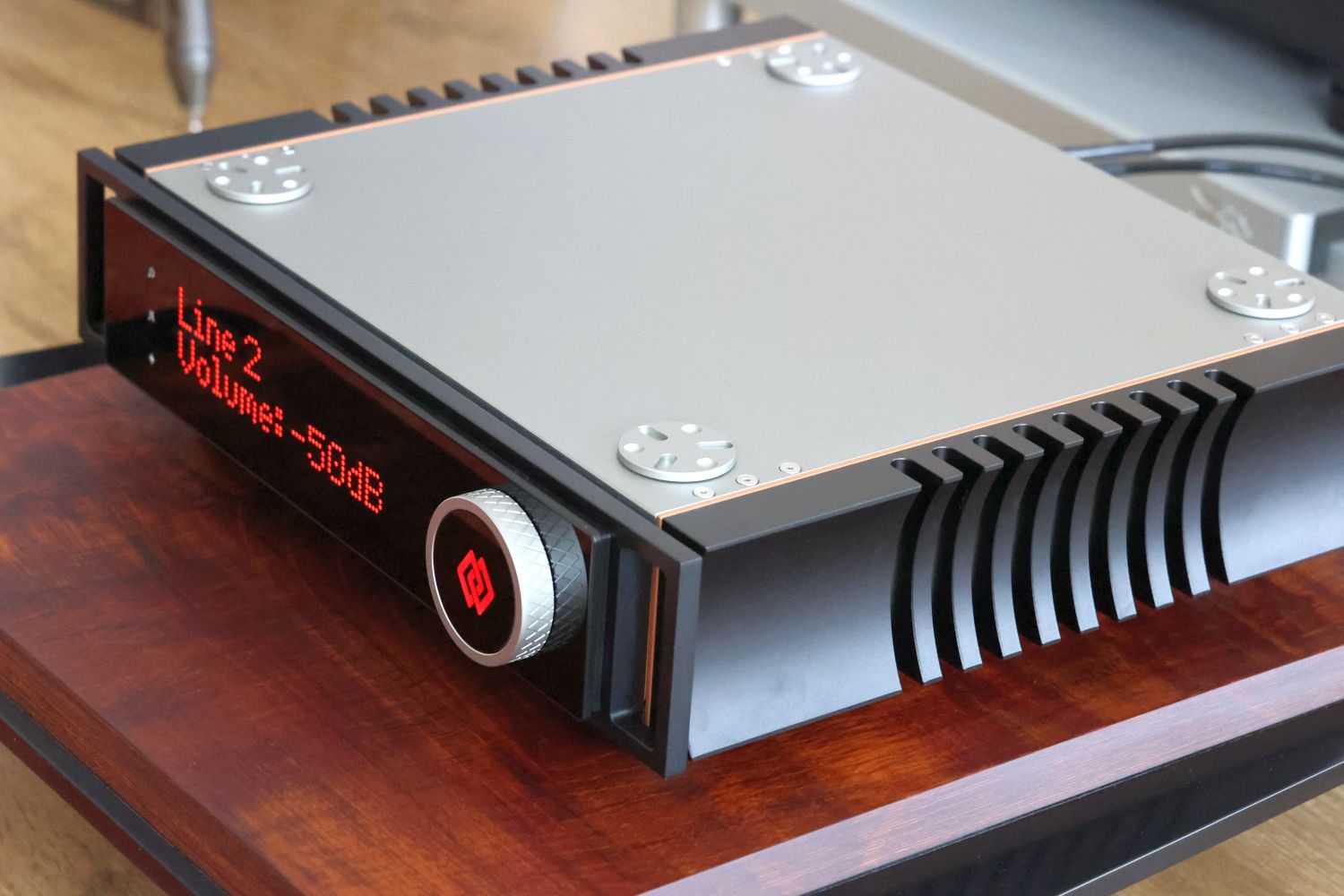
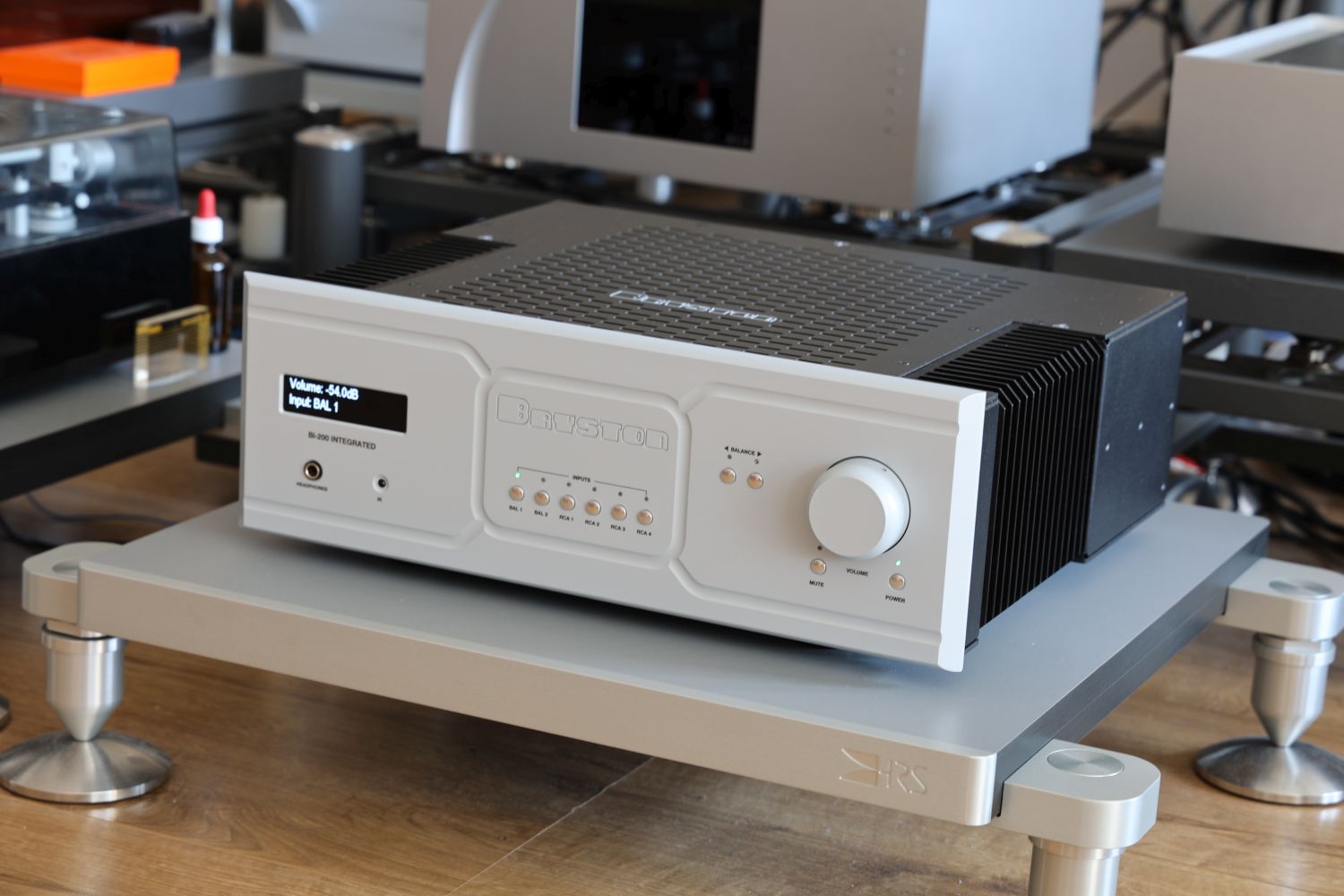
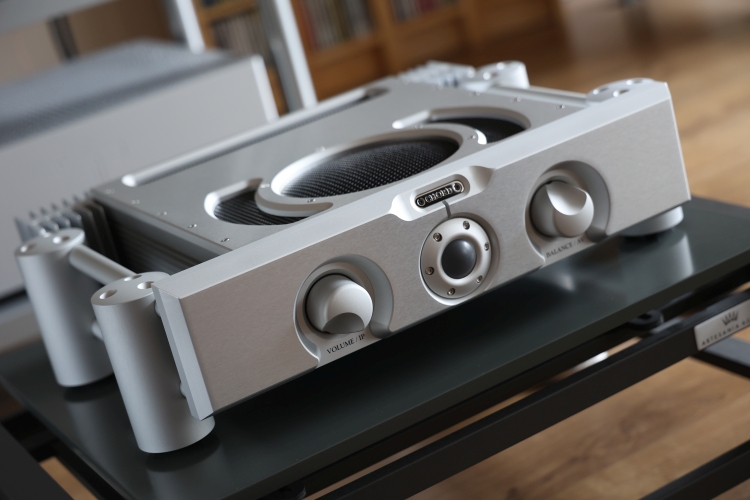
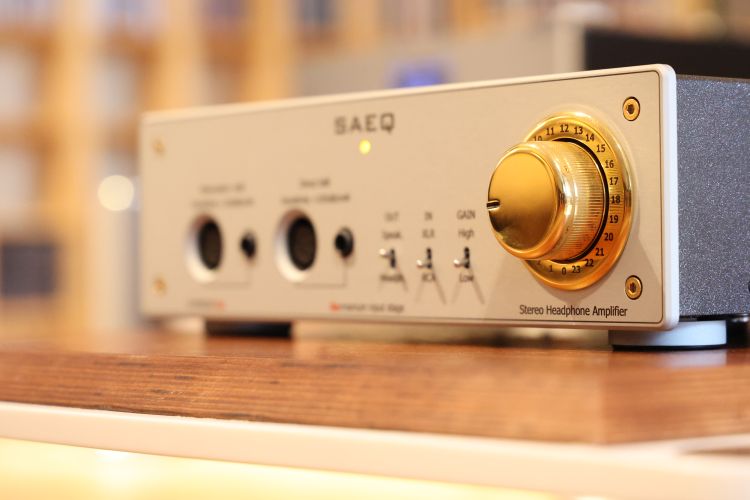
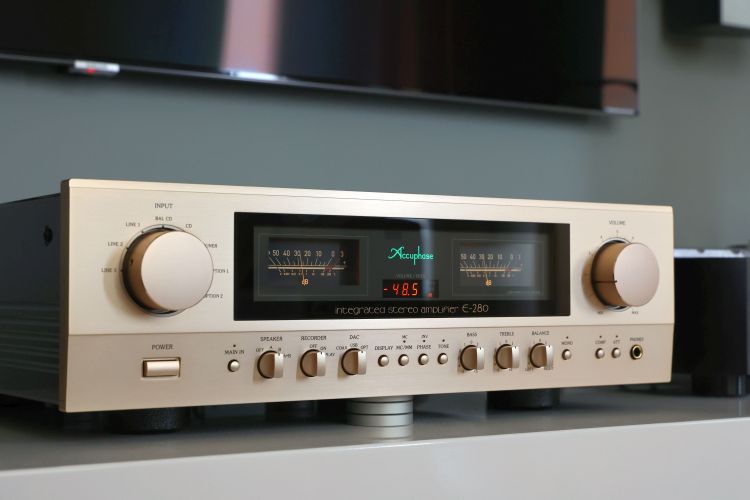
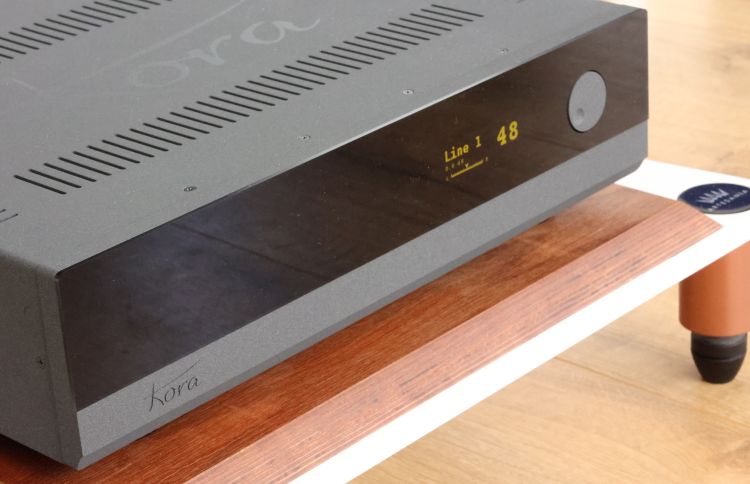
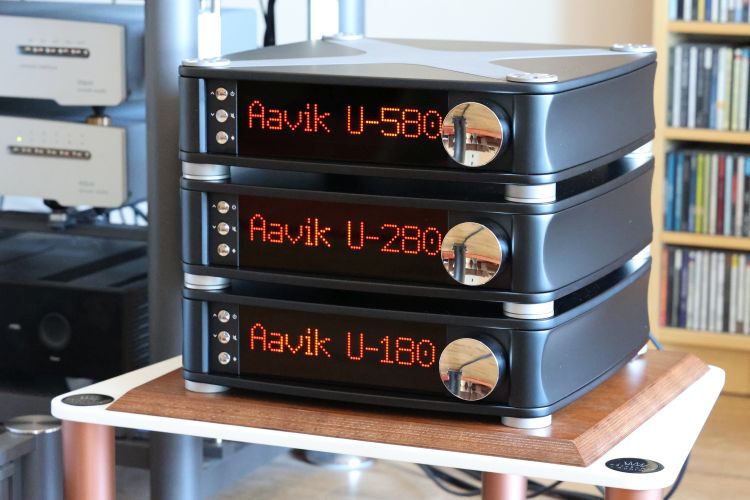
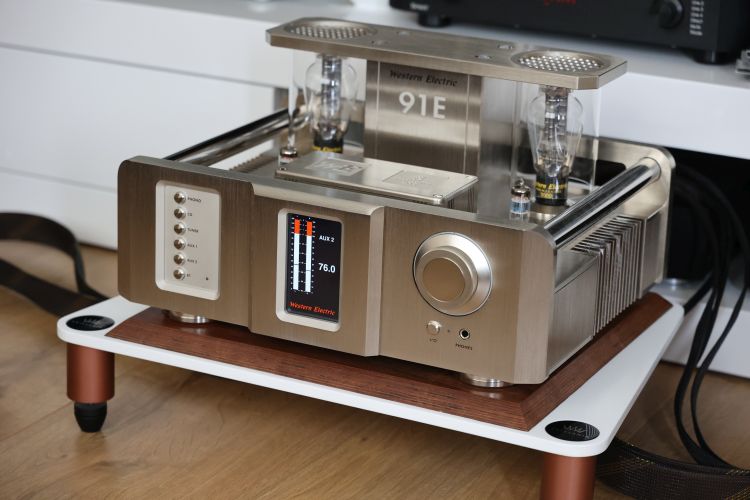
Hello Christiaan,
Good that you finally got a chance to review the Shinai. I have also had the chance to audition the Shinai in my home, but not with the dedicated stand.
I agree that this “little” 37 W amp is one of the most bass potent amplifiers I have had in my home. As you say, I think that part of it is due to the output transformers. An inductor/transformer tend to push current a little longer, it’s “slow” in turning off the current. Which result in a forceful bass delivery that is a little more than the original signal. The found the bass to be fast, detailed and well articulated but maybe a little exaggerated.
Dynamics capabilities are also good, even with by 85 dB TAD speakers. It is almost forcing the sound out of the loudspeakers regardless of if the speakers is trying to hold back. Good high resolution throughout the frequency range.
But I found the upper midrange and the lower treble to be a bit too emphasized and hard at times. Notably on instruments like; clarinet, trumpet, harmonica, electric guitar. Forceful female voices could also have a bit too much bite for my taste, in my system.
The enclosure isn’t worthy and amplifier in this price range. I don’t like the design – to me it looks more like a car heater from the 1960s. But taste is different. What isn’t based on taste is that the enclosure is not sturdy enough. The bent sheet metal resonates very easily. The transformers in the Shinai I had at home did have an audible “mechanical” hum. The amplifier didn’t have a “black background” either. The right channel was audible noisier than the left when you put your ear close to the loudspeakers.
A detail to note is that the volume control has only 31 steps. Although it was not a big problem in my system. The remote isn’t good, I found the response iffy at best.
I was at first greatly impressed by the bass, dynamics, and level of details but I think there is room for improvements, especially in the enclosure and remote. As I wrote I didn’t have the opportunity to hear the Shinai on the dedicated stands but from what I can read in your writing the stand added even more mechanical instability and distortion. Obviously you preferred what the added distortion did to the sound. Maybe like adding second harmonic distortion can result in a more pleasing sound, in this case the added pleasing distortion came from uncontrolled mechanical instability.
It could be that instable platforms could inject pleasing sound and “life” into many other amplifier design too but I don’t think this is a wise path to go down.
Hi Per, I’m with you regarding the casing and the remote, and I can imagine that the upper mid may be a little “in your face” in some combinations. Here, it wasn’t edgy but certainly lively/vivid. Normally, I don’t like “soft” coupling but with this particular stand, I have to admit that it just works well with this amplifier. I don’t hear the stand’s contribution as distortion but as taking away just the right amount of iron-fisted control that may be experienced and excessive as you also noted. What it sounds like most is a reduction in damping factor which to be fair can be interpreted as a rise in distortion, but that needn’t necessarily be the case. I think you will agree that, depending on the setup, an amplifier can also have too much control. With my sample and with these speakers, I hear no hum, mechanical or electrical, nor any noise but I did not put my ear next to the tweeters.
High End Munich 2018 I auditioned this amplifier as it made a very good impression. So good actually that I had it on loan from the that time Dutch distributor. Sound quality was confirmed.
However there are some remarks, as I, being a professional, also checked some of the technology behind the design.
1. The output stage is a pair of bipolar power transistors acting like emitter followers; this means 100% local feedback…;
2. Output transformers are actually autotransformers, which means there are no separate primary and secondary windings; this is comparable to what McIntosh does with it’s solid state power amplifiers;
3. Damping factor is not like specified; it’s been a while but when measuring the output resistance of the amplifier the damping factor was more like 50 at 8 ohm. This was audibly confirmed when listening to the amplifier through a pair of B&W 802. The 4 ohm load (and bass reflex) just made the bass a bit less well controlled.
When well paired with loudspeakers a great amplifier nonetheless!